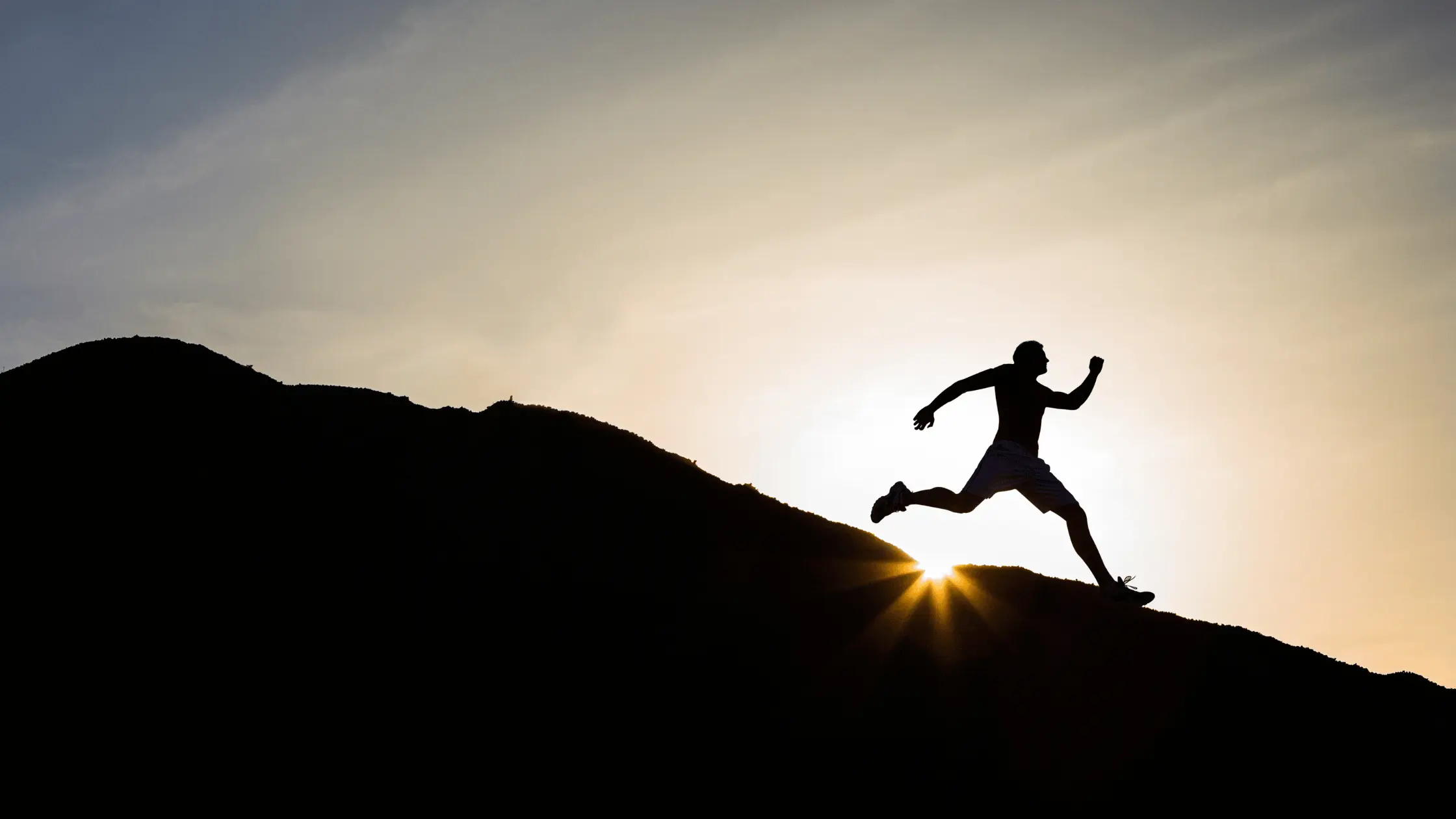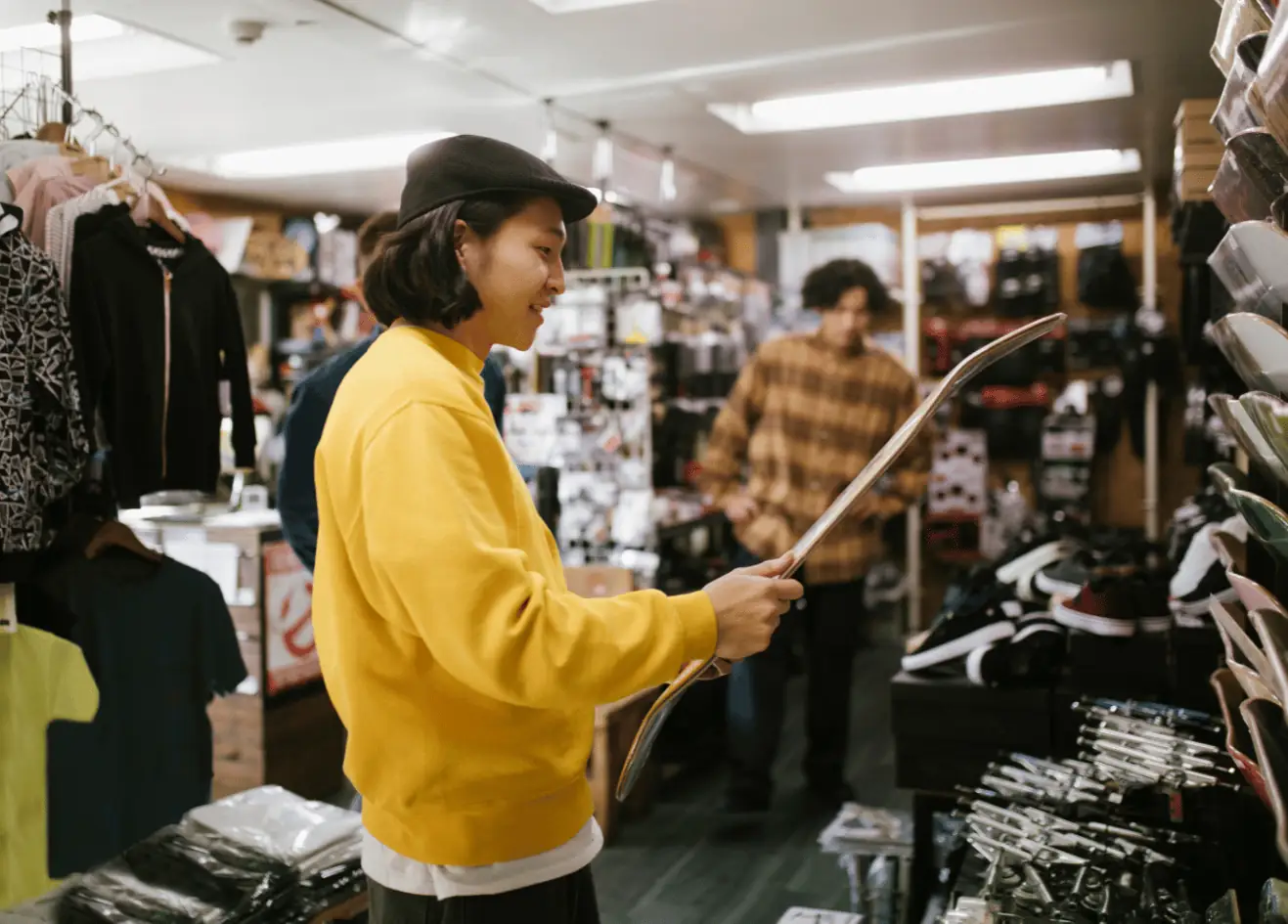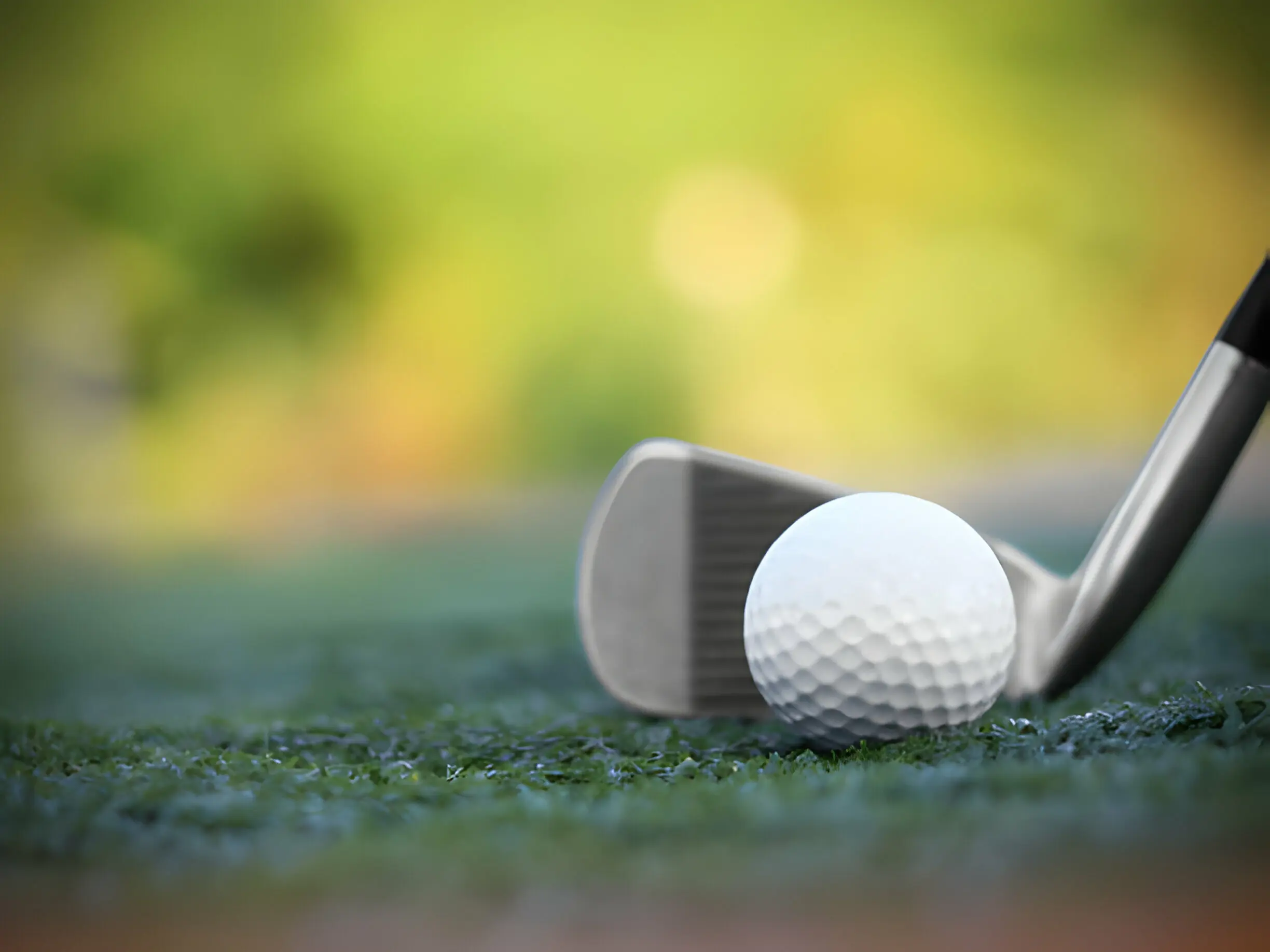How to Ride Skateboard Quickly 2024! Safe
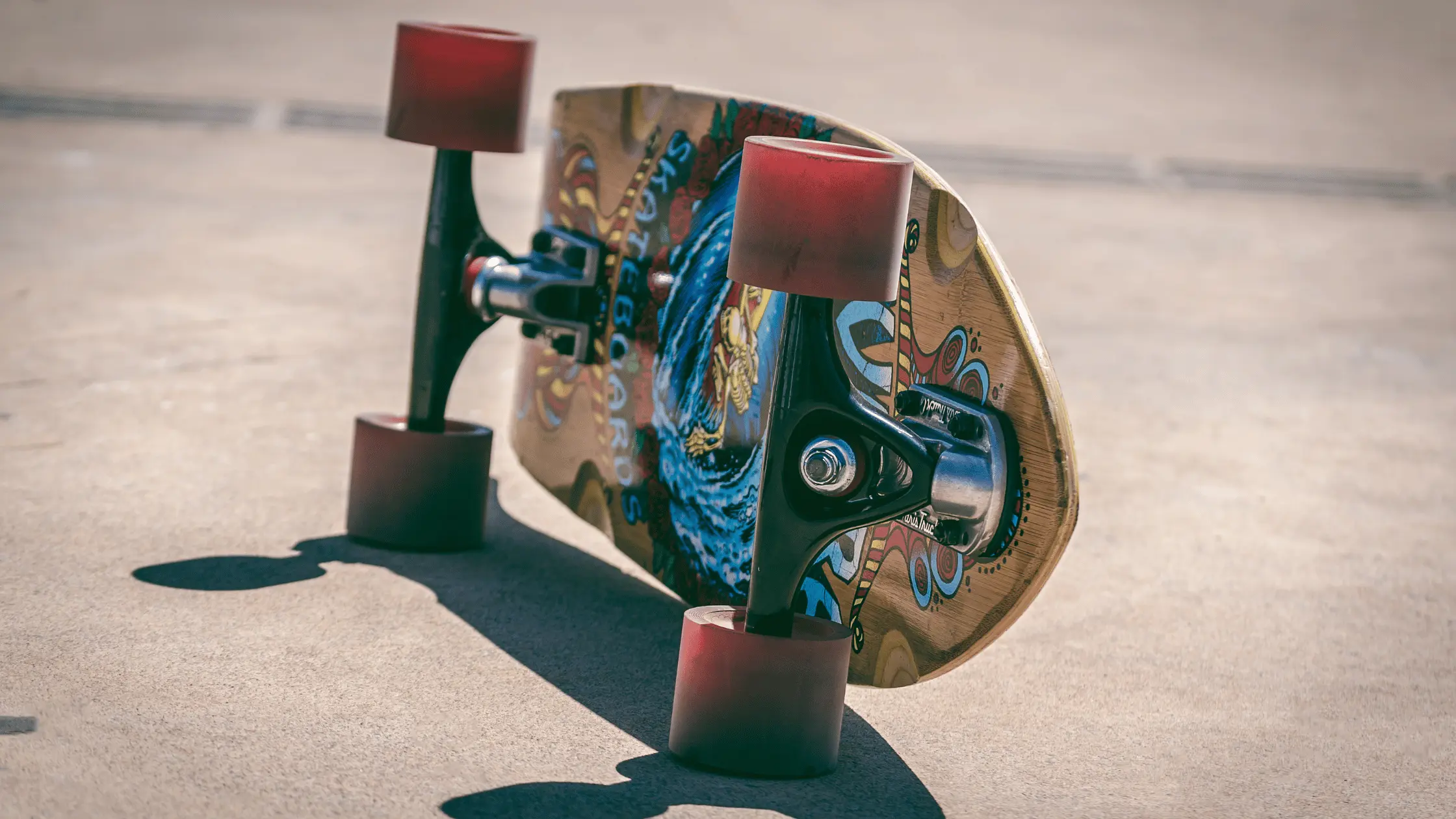
To ride a skateboard, stand on the board with one foot forward and push off with your back foot. Balance is key; keep your knees slightly bent and your body centered over the board.
Table of Contents
Skateboarding combines fitness, skill, and thrill. It’s not just about hopping on a board and hoping for the best. Mastering the art of skateboarding starts with understanding the basics—proper stance, balancing techniques, and smooth pushing off. Beginners should choose a flat, smooth surface to practice and wear appropriate safety gear, including a helmet, knee pads, and elbow pads.
Gaining confidence, maintaining focus, and practicing consistently are indispensable for any newcomer eager to enjoy and excel at skateboarding. Embrace the learning curve and get ready to join the vibrant skateboarding community, where style and self-expression go hand in hand with precision and control.
Skateboarding Essentials

Welcome to the thrilling world of skateboarding! Before you push off and enjoy the ride, let’s dive into the Skateboarding Essentials. Starting with the proper equipment will set the foundation for a great and safe skateboarding experience. From selecting the right board to strapping on safety gear, each step is important for both beginners and seasoned riders alike. Let’s roll through the necessities to get you onboard and skateboard like a pro.
Choosing The Right Skateboard
The board you choose plays a crucial role in your skateboarding journey. It determines how smoothly you’ll ride and learn new tricks. Skateboards come in various shapes and sizes, and here’s how to pick one that’s perfect for you:
- Deck Size: A wider deck provides more stability, while a narrower one offers better maneuverability.
- Deck Length: Shorter decks are great for tricks, longer ones are best for cruising.
- Wheel Size: Smaller wheels accelerate faster; larger wheels roll more smoothly over rough surfaces.
- Trucks: Ensure they match the width of your deck for optimal control.
Safety Gear Every Skater Needs
Safety should always be your number one priority. The right gear protects you and keeps the fun going. Here’s a checklist of the safety equipment you’ll need:
| Item | Description |
|---|---|
| Helmet | Protects your head from serious injuries. Make sure it fits snugly and is certified for skateboarding. |
| Knee Pads | Cushion your knees during falls and help prevent scrapes and bruises. |
| Elbow Pads | Shield your elbows from cuts and fractures. |
| Wrist Guards | Support your wrists and protect them upon impact. |
| Slide Gloves | Essential for longboarding, they protect your hands and fingers when sliding. |
First Steps Onto A Skateboard
Embracing the thrill of skateboarding starts with stepping onto the board for the first time. A proper foundation leads to confident rides in parks, on streets, or wherever wheels can roll. Read on to discover the essential first steps to embark on this exciting journey.
Finding Your Stance: Goofy Vs. Regular
Finding the right stance is foundational in skateboarding.
- Regular stance means leading with your left foot.
- A goofy stance means your right foot takes the lead.
To determine your stance, think about which foot you naturally place forward when sliding on ice or wearing socks on a shiny floor. That’s likely your leading foot in skateboarding.
Basic Posture And Balance Techniques
Standing on a skateboard correctly is crucial for stability.
| Technique | Description |
|---|---|
| Foot Position | Place your front foot near the front bolts, angled slightly towards the nose. |
| Bend Your Knees | Keep your knees flexed to absorb movements. |
| Center of Gravity | Lean forward a bit, aligning your shoulders with your feet to maintain balance. |
Your arms can help in balancing too. Extend them sideways and use them to steady yourself.
By mastering your stance and adopting the right posture, you’re ready to ride with confidence and safety. Keep practicing and enjoy the ride!
Basic Riding Skills
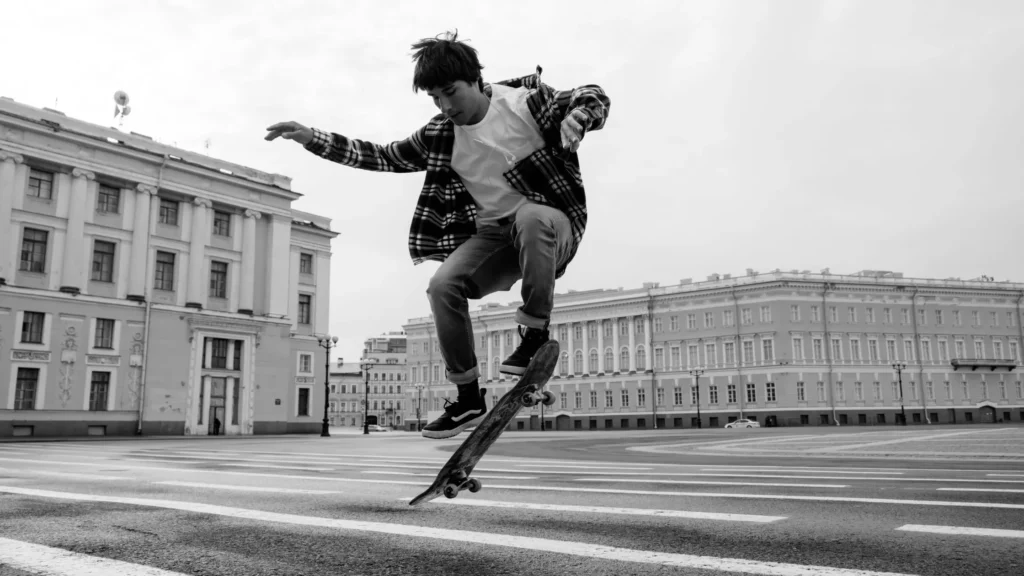
Welcome to the exciting world of skateboarding! Mastering basic riding skills is your first step towards conquering the pavement. Whether you’re just stepping on a board or looking to brush up on fundamentals, this guide will set the wheels in motion. Let’s dive into pushing off and foot placement for a solid start!
Pushing Off And Foot Placement
Getting a smooth start is crucial for a great skateboarding experience. Here’s how you can do it:
- Place your skateboard on the ground, making sure it’s steady.
- Stand with one foot on the board and the other on the ground.
- The foot on the board should be near the front bolts, facing forward.
- With the foot that’s on the ground, push off to get moving.
- Once rolling, bring your pushing foot onto the board.
- Adjust your feet so they’re shoulder-width apart.
- Balance yourself by bending your knees slightly.
Remember to practice this in an open area free from traffic and obstacles.
Making Turns And Curves
Turning is a vital skill for navigating on a skateboard. Follow these steps to learn effortlessly:
- To turn right or left, simply lean in the desired direction.
- Practice gentle turns at first to build confidence.
- Apply more pressure on your toes to make sharper turns.
- For curves, distribute your weight evenly and maintain a steady pace.
- Always look in the direction you want to turn.
- Sharpen your turning skills by setting up cones and weaving through them.
Good turning technique is as important as balance and will help in avoiding falls.
Mastering The Stop
Stopping a skateboard is key to safe riding. Let’s explore easy-stopping methods. Kids can learn these techniques quickly. Practice in open spaces to gain confidence.
Heel Drag Technique
Stopping your skateboard with the heel drag is simple. Follow these steps:
- Roll at a comfortable pace. Start slow if you’re new.
- Shift your back foot so the heel hangs off the tail.
- Gently press your heel down, making contact with the ground.
- Increase the pressure until the board slows to a stop.
This method is safe and effective for all skill levels. Remember, too much pressure can make you lose balance. Use smooth motions.
Controlled Skateboard Bail-Out
Sometimes, you need an emergency stop. The controlled bail-out is perfect for this. Here’s how:
- Spot clear landing area.
- Lean slightly forward to prepare for the jump.
- Jump off your skateboard with both feet at the same time.
- Land with knees bent to absorb the impact.
- Make sure the board stops and doesn’t hit others.
Your safety is a top priority. Always wear protective gear. Try the controlled bail-out when you can’t slow down in time. Beginners, practice with care!
These stopping methods help riders feel secure and in control. Practice regularly to master these moves for a safer skateboarding experience.
Stepping Up Your Game
Welcome to the next level of your skateboarding journey, where it’s all about raising the bar.
With dedication and the right techniques, prepare to skate with more speed, pull off awe-inspiring tricks, and handle ramps like a pro.
Let’s dive into the exciting world of advanced skateboarding.
Building Speed And Confidence
Mastering speed is a thrilling part of skateboarding.
Start slow, feel the board, and gradually increase your pace.
Ensure your posture is correct: bend your knees and lean forward slightly.
Practice makes perfect, so skate regularly to boost your confidence.
- Choose smooth surfaces for consistent practice sessions.
- Monitor your progress and set speed goals.
Balance is critical; work on it with fun drills.
| Drill | Description | Benefit |
|---|---|---|
| One-Foot Glides | Skate with one foot on the board. | Improves balance |
| Slaloms | Weave through cones. | Enhances control |
As your speed and balance improve, focus on stopping safely.
Master the foot brake by dragging your back foot alongside the board.
This technique is essential for safe and controlled riding.
Navigating Obstacles And Ramps
Obstacles and ramps add excitement to skateboarding.
First, scout the terrain and plan your moves.
Approach obstacles with a determined speed, not too fast or too slow.
For ramps, the key is your approach angle and speed.
- Begin with smaller ramps to get a feel for the incline.
- Focus on your center of gravity and adjust as you ride up and down.
Watch experienced skaters and learn from their techniques.
Practice the ‘pump’ motion to gain momentum without pushing.
Pump by crouching down at the base of the ramp and extending your legs as you ride up.
It helps you gain speed for aerial tricks or seamless transitions.
Always wear protective gear, especially during practice sessions.
Helmets, knee pads, and elbow pads can save you from injuries.
Tips For Continuous Improvement
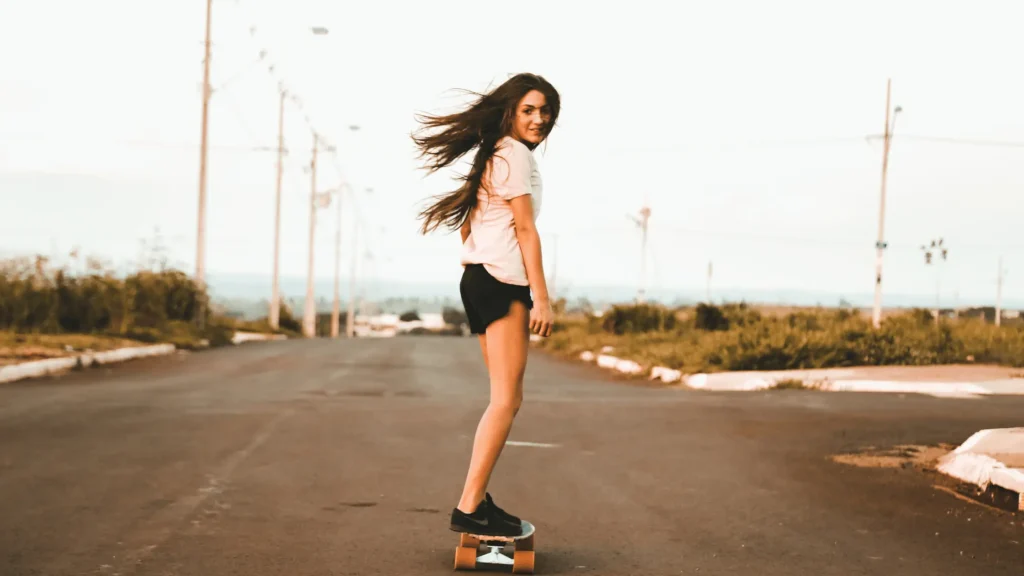
Mastering the art of skateboarding isn’t an overnight feat.
Continuous improvement is key to becoming adept on your board.
Below, find skills to practice and connect with others to up your game.
Tips For Continuous Improvement
Regular Practice Routines
To get better at skateboarding, a structured practice routine is crucial. Here’s how to craft a solid skate schedule:
- Dedicate daily time to skateboarding, even if it’s just 30 minutes.
- Vary your practice to work on different skills each day.
- Track your progress in a notebook or app, noting tricks mastered and areas to improve.
Learning From The Skating Community
Interaction with fellow skaters can accelerate your progress.
Engage with the community through these methods:
- Join local skate groups or clubs to get tips and make friends.
- Watch online tutorials and videos from experienced skaters.
- Attend skate events to observe and learn from pros.
Conclusion
Wrapping up, and mastering skateboarding can be a thrilling journey. Start with basics and safety, then progress to tricks. Stay patient, practice consistently, and enjoy every ride. Your board awaits; go carve that concrete with confidence. Remember, every pro was once a beginner.
Ride on!


